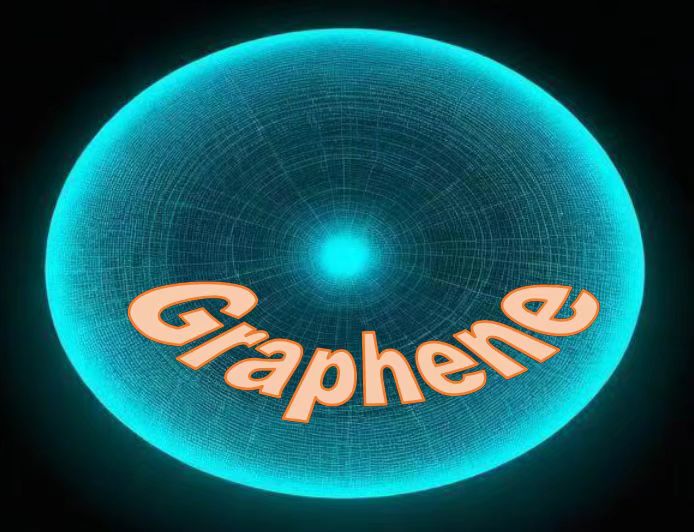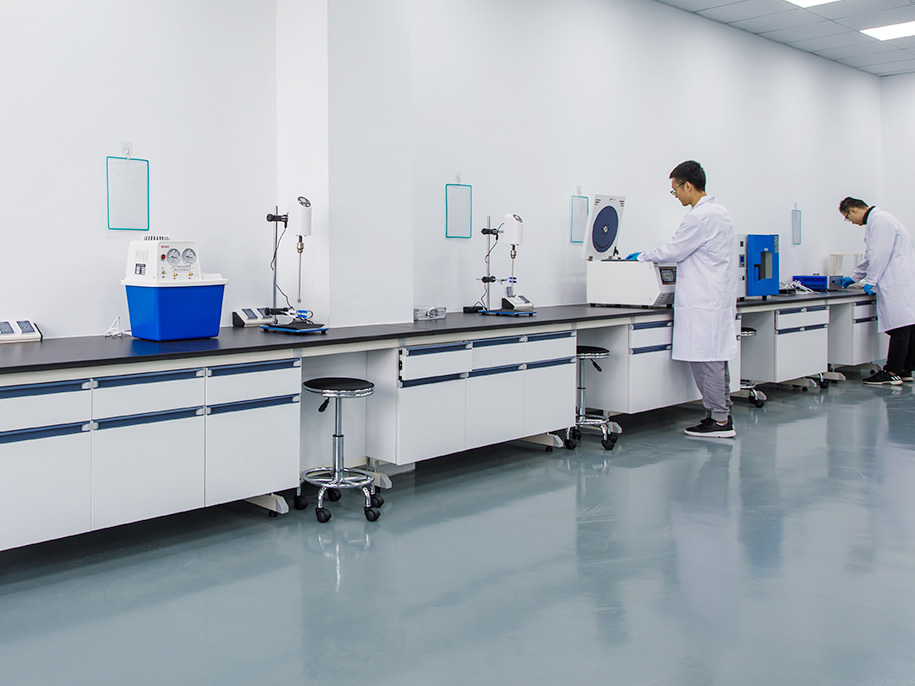Graphene-Based Membranes for Water Purification and Desalination: A Material Revolution
Introduction
Clean water scarcity is a global issue, affecting over 2 billion people. Traditional filtration systems are often energy-intensive, slow, or susceptible to fouling. Enter graphene and graphene oxide (GO) membranes — these atom-thin carbon materials offer ultra-fast water transport, high selectivity, and anti-fouling capabilities. Graphene-based membranes are revolutionizing water purification and next-generation desalination.

1. How Graphene Membranes Work
-
GO membranes consist of stacked nanosheets with controlled interlayer spacing
-
Water passes rapidly through nanochannels, while larger contaminants are blocked
-
Functional groups on GO (carboxyl, hydroxyl) enhance selectivity
-
Reduced GO (rGO) membranes offer better chemical resistance and water flux
2. Key Benefits Over Traditional Filters
-
High permeability: 10–100x faster than polymer membranes
-
Molecular selectivity: Filter out salts, heavy metals, organics, bacteria
-
Anti-fouling surface: Less clogging from biofilms or oil
-
Thin and flexible: Used in portable, wearable, or modular systems
-
Low energy demand: Enables energy-efficient forward osmosis or nanofiltration
3. Application Segments
a. Municipal Water Systems
-
Removing arsenic, fluoride, lead from drinking water
-
Pre-treatment in desalination plants
b. Industrial Wastewater Treatment
-
Textile dye removal
-
Chemical recovery (e.g., lithium, copper, rare earths)
c. Portable Filtration Devices
-
Graphene-coated paper filters for emergency kits
-
Military and disaster relief applications
d. Seawater Desalination
-
Graphene nanopores can selectively block salt ions
-
Potential to reduce desalination energy by 50%
4. Recent Research & Innovations
-
MIT & NUS: GO membranes with angstrom-scale pores showed 99.9% salt rejection
-
Lockheed Martin: Developed Perforene™, a graphene filter for seawater desalination
-
University of Manchester: Created scalable GO membranes for large-area filtration
5. Challenges to Scale
-
Membrane stability: Especially under high pressure or extreme pH
-
Scalability: Large-area defect-free graphene films are hard to produce
-
Cost: Though GO is cheaper than pristine graphene, purification steps remain expensive
-
Regulations: Standards for graphene-based filtration products still evolving
6. Market Trends and Outlook
-
Global market for graphene water membranes is projected to reach $1.1B by 2030
-
Increasing adoption in Asia and MENA regions for desalination
-
Integration into modular home filters, wearable filters, and decentralized systems
Conclusion
Graphene-based membranes combine ultrathin architecture with precise molecular control, enabling a new era of high-speed, energy-efficient water treatment. Whether in urban utilities or off-grid environments, these filters promise to change how we access and purify water — sustainably and at scale.

